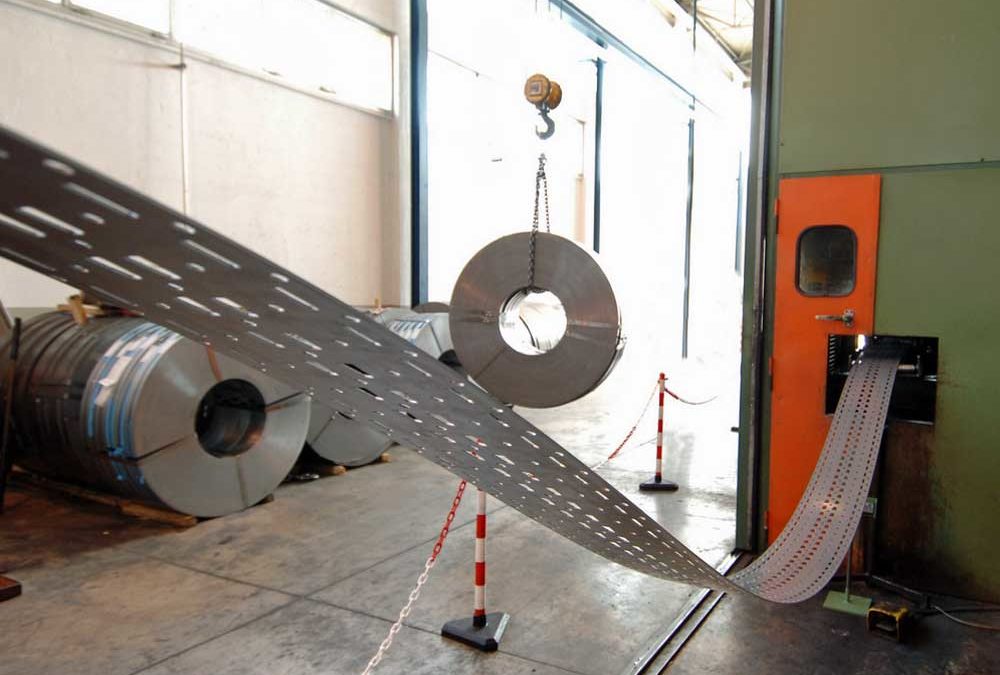Clarification
Stamping and punching are part of the operations responsible for working sheet metal. In both cases, a force is used to shape the metal material subjected to the operation. The particular characteristics of each procedure, as well as the final results obtained, show substantial differences between the two practices, which are used today to achieve different purposes in the industry. When you intend to work the metal sheet, therefore, it is necessary to have a clear idea, in a preliminary way, of the type of product you want to obtain, in order to be able to frame the most suitable operation to the context, choosing between stamping and punching. The company OTIM SRL, located in Via Gattamelata n. 2/4, Pedrengo (BG), in operation since 1971, deals with stamping and deep drawing on behalf of third parties, using only the best professionals in the field, and equipped with advanced technology. Over the years, this combination has resulted in a perfect intervention strategy, which has made the company a real leader in the metalworking sector.
Characteristics of each operation
It can be said that both operations originate with the aim of acting on the sheet metal, so as to separate a given quantity of material from the rest, through a cutting force. Both processes of plastic deformation of the sheet metal use a system composed of two elements:die block and punch. The process known as stamping allows the company in charge to produce sheets of predetermined shapes and sizes, with a considerable advantage in terms of time and costs. The piece to be worked is shaped, using presses of various sizes, depending on the characteristics of the work. Once the operation is over, in addition to the finished product, the professional will also obtain one or more pieces of waste material, called scrap. Punching is the operation that allows a professional to impress a shape or a sign on the surface of a sheet metal, using the action of a tool called, precisely, punch. The expert who uses punching does so because he needs to make holes and notches. In this case it is possible to use a press, as in the previous process, or automatic punching machines which, thanks to a specific system, are able to ensure high productivity on thin sheets, since they allow the professional to perform side-by-side and up-close processing. Also in this case, as for blanking, the sheet metal is positioned between a die block and a punch.
How to distinguish the two operations
Despite the points in common, it is good to emphasize that stamping and punching are two extremely different methods of working with metal material. The fundamental concept, to learn how to distinguish one operation from the other, is given by the final result and, above all, in the destination of the part of material that is separated from the rest of the sheet metal. Specifically, during stamping, the part of material that the punch removes is the piece, while what remains is called scrap and represents exactly a waste of the process, which in almost all cases is not used. On the contrary, in the punching process, the section of the sheet metal destined to be used in the composition of the piece is just what remains, while the punch removes what will be defined as the working waste/scrap. With more than 6000 square meters used, OTIM SRL is a solid company, operating with great success in the territory of Bergamo, since 1971. The website and the telephone number +39 035 661234 are available for any clarification about stamping and punching.


Recent Comments